Period:Qing dynasty Production date:1800-1820 (circa)
Materials:porcelain
Technique:glazed, painted,
Subjects:heraldry
Dimensions:Diameter: 16 centimetres
Description:
Red-painted dish with an Irish coat of arms. The small dish has a concave rim and is painted in iron-red with four sprays of flowers tied with emblems and a broad border of shaped diaper panels centred on butterflies. An armorial crest in gold and black has been added in the centre, in form of an arm holding a truncheon, enclosed by a broad gold belt inscribed with the French motto ‘ see inscription.
IMG
![图片[1]-plate BM-Franks.1423-China Archive](https://chinaarchive.net/Qin dynasty/Ceramics/mid_00300715_001.jpg)
![图片[2]-plate BM-Franks.1423-China Archive](https://chinaarchive.net/Qin dynasty/Ceramics/mid_00357271_001.jpg)
![图片[3]-plate BM-Franks.1423-China Archive](https://chinaarchive.net/Qin dynasty/Ceramics/mid_00359052_001.jpg)
Comments:Harrison-Hall and Krahl 1994:This service was probably made for Thomas Nesbitt of Lismore, County Cavan, Ireland, a Colonel in the army and Member of Parliament, who died in 1820 (Howard, 1974, p. 691). Replacements for this service were made by the Spode manufactory in England (ibid.). The flower-spray and border design is generally referred to as Fitzhugh pattern after a service ordered c. 1780 by Thomas Fitzhugh, a later Director of the British East India Company (see ibid., p. 52 top left for a dish from the original service). The pattern became particularly popular in America in the early 19th century and examples exist in different colours (see Howard and Ayers, 1978, vol. II, pls. 508, 516, 528).
Materials:porcelain
Technique:glazed, painted,
Subjects:heraldry
Dimensions:Diameter: 16 centimetres
Description:
Red-painted dish with an Irish coat of arms. The small dish has a concave rim and is painted in iron-red with four sprays of flowers tied with emblems and a broad border of shaped diaper panels centred on butterflies. An armorial crest in gold and black has been added in the centre, in form of an arm holding a truncheon, enclosed by a broad gold belt inscribed with the French motto ‘ see inscription.
IMG
![图片[1]-plate BM-Franks.1423-China Archive](https://chinaarchive.net/Qin dynasty/Ceramics/mid_00300715_001.jpg)
![图片[2]-plate BM-Franks.1423-China Archive](https://chinaarchive.net/Qin dynasty/Ceramics/mid_00357271_001.jpg)
![图片[3]-plate BM-Franks.1423-China Archive](https://chinaarchive.net/Qin dynasty/Ceramics/mid_00359052_001.jpg)
Comments:Harrison-Hall and Krahl 1994:This service was probably made for Thomas Nesbitt of Lismore, County Cavan, Ireland, a Colonel in the army and Member of Parliament, who died in 1820 (Howard, 1974, p. 691). Replacements for this service were made by the Spode manufactory in England (ibid.). The flower-spray and border design is generally referred to as Fitzhugh pattern after a service ordered c. 1780 by Thomas Fitzhugh, a later Director of the British East India Company (see ibid., p. 52 top left for a dish from the original service). The pattern became particularly popular in America in the early 19th century and examples exist in different colours (see Howard and Ayers, 1978, vol. II, pls. 508, 516, 528).
© Copyright
The copyright of the article belongs to the author, please keep the original link for reprinting.
THE END
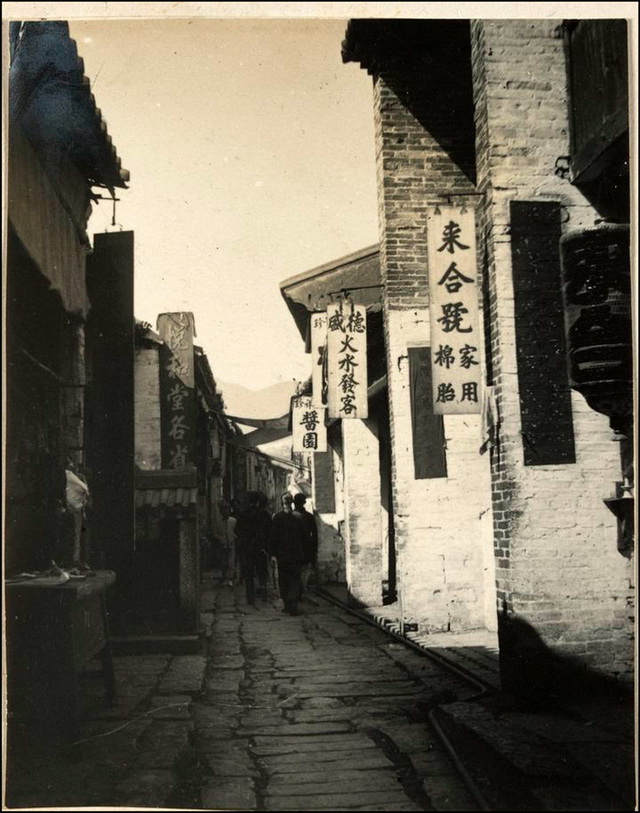
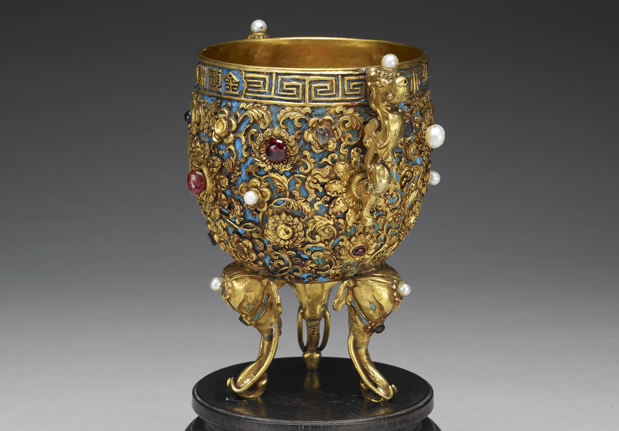
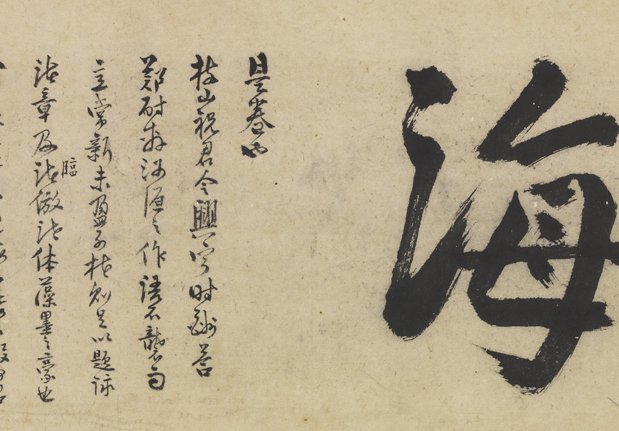
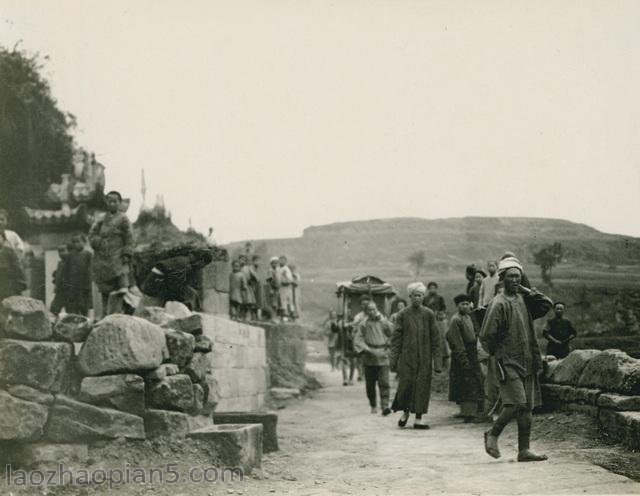
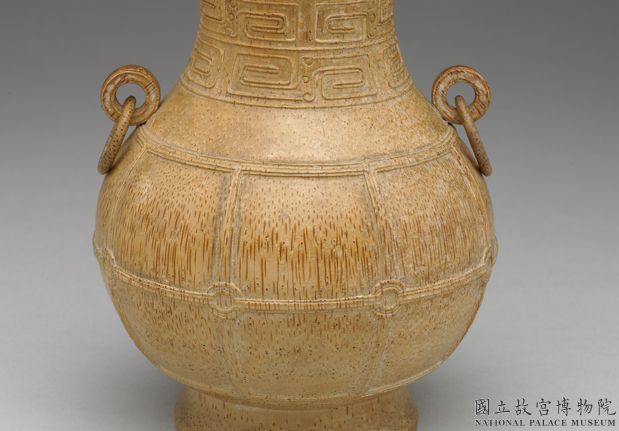
![[Qing Dynasty] British female painter—Elizabeth Keith, using woodblock prints to record China from the late Qing Dynasty to the early Republic of China—1915-China Archive](https://chinaarchive.net/wp-content/uploads/2022/11/image-191x300.png)